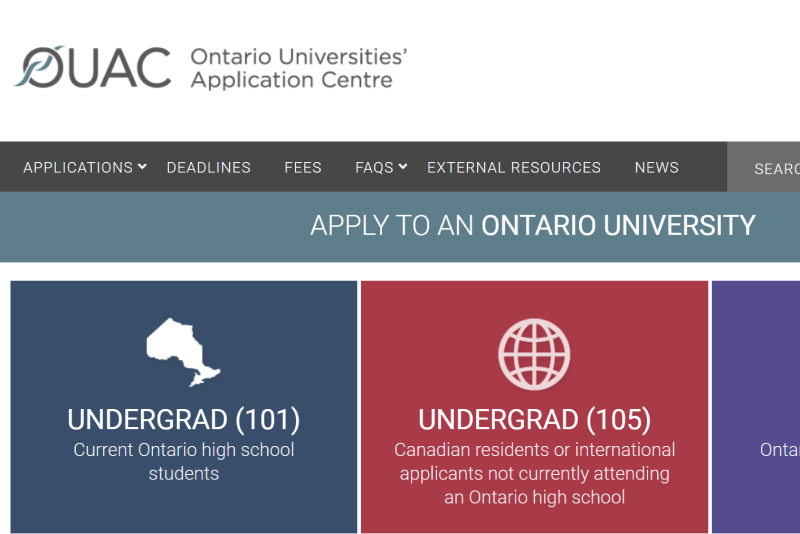March often emerges as a pivotal and emotionally charged period for families navigating the college admissions journey. This is the time when a significant portion of application verdicts find their way to eager applicants, marking a season of profound anticipation and reflection.
Experiencing the joy of your child being accepted into their preferred institutions is undeniably one of life’s most exhilarating milestones. Such moments serve as a testament to the unwavering support, dedication, and love you’ve bestowed upon your child, mirroring their accomplishments as your own.
Conversely, the sting of rejection from coveted schools can be profoundly disheartening. The disappointment stems not only from the immense effort your child has invested but also from the shared dreams and aspirations you’ve harbored for their educational journey and future endeavors.
In this blog, we plan to delve into strategies for navigating scenarios where your child faces rejection or waitlisting from their first-choice institutions. For now, let’s explore the evolving dynamics of college admissions, which, for some applicants, may present unparalleled challenges in this cycle.
It’s important to note that the shifts observed in admissions rates have ignited debates and even legal challenges, such as the notable “Harvard Admissions Lawsuit”. Our aim is to shed light on these developments without bias, focusing instead on informing about the current state of affairs in college admissions.
Elevated Applicant Caliber: The profile of the average candidate applying to elite institutions has seen remarkable enhancement over the years, not just in the breadth of their academic and extracurricular achievements but in the depth and passion they bring to their pursuits.
Increased Application Volume: The decline in acceptance rates has understandably heightened anxieties among prospective students and their families, leading to a broader approach in applying to top-tier colleges. This trend has consistently resulted in unprecedented application volumes and correspondingly lower acceptance rates.
Despite these burgeoning numbers, standout students generally maintain their edge in the admissions process. However, the surge in applications introduces a greater element of unpredictability. An influx of applicants in any given year means that previously available spots may be allocated to newcomers, potentially edging out equally qualified candidates.
Shift Towards Test-Optional Policies: The move by UChicago in 2018 to adopt a test-optional policy—a trend that gained momentum during the COVID-19 pandemic—opened the gates for students who previously may not have considered applying to elite institutions due to less competitive standardized test scores. This shift has inevitably impacted the availability of spots at these prestigious schools.
Enhanced Diversity Efforts: Diversity initiatives have long been part of the admissions landscape, aimed at broadening the representation of students from varied backgrounds. The recent pivot to test-optional policies, coupled with societal shifts, has facilitated the admission of the most diverse cohorts to date at top institutions. This change reflects the complex interplay between standardized testing and demographic factors, where historically underrepresented groups have faced barriers to admission based on test scores alone.
The competition for places at leading colleges remains fiercely intense, underscoring a landscape where demand far outstrips supply. As acceptance rates fluctuate across different demographics, it highlights the competitive and often unpredictable nature of college admissions.
This overview aims to provide a broader perspective on the shifting paradigms of college admissions, offering insights for families embarking on or navigating this journey. Amidst the uncertainties of the admissions process, I extend my heartfelt wishes for your child’s success and offer my support through every outcome.




